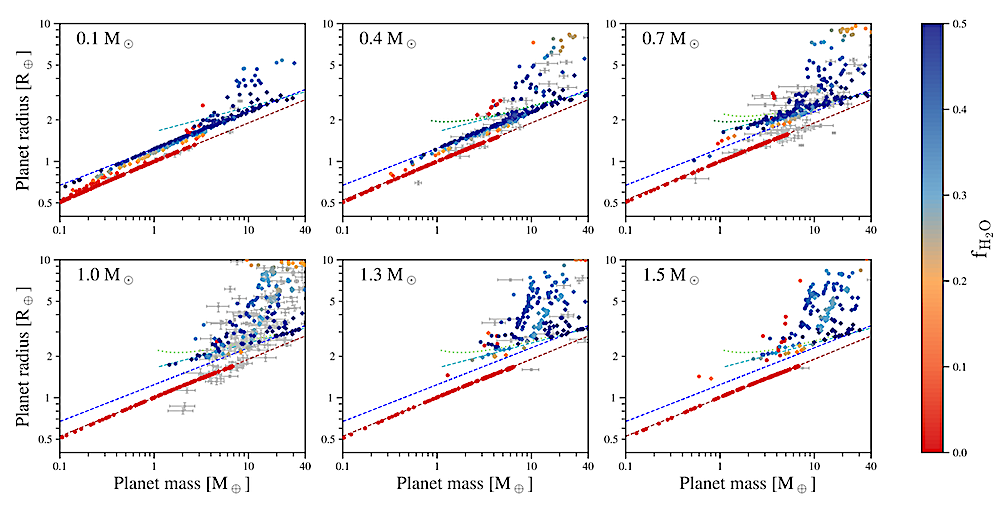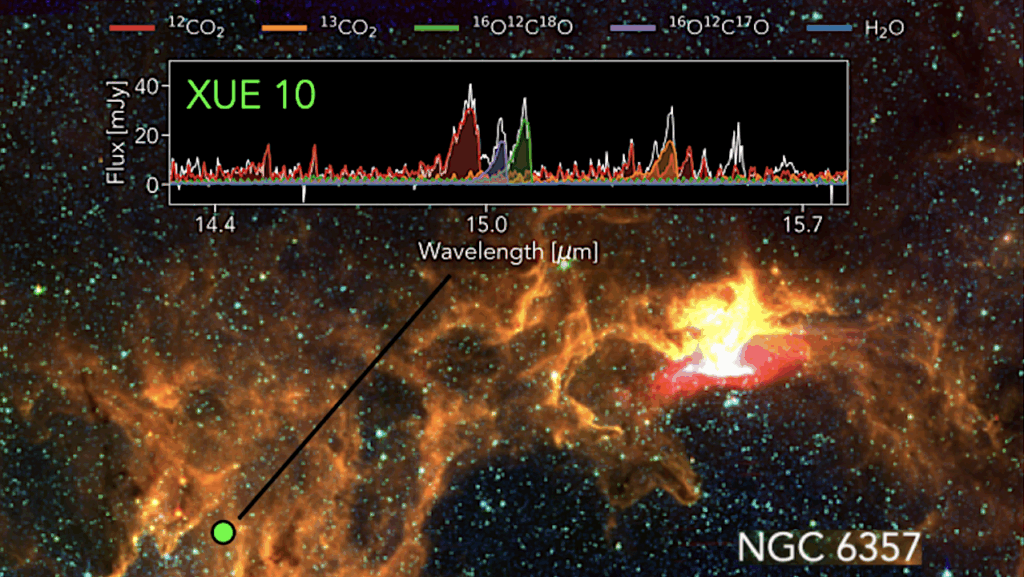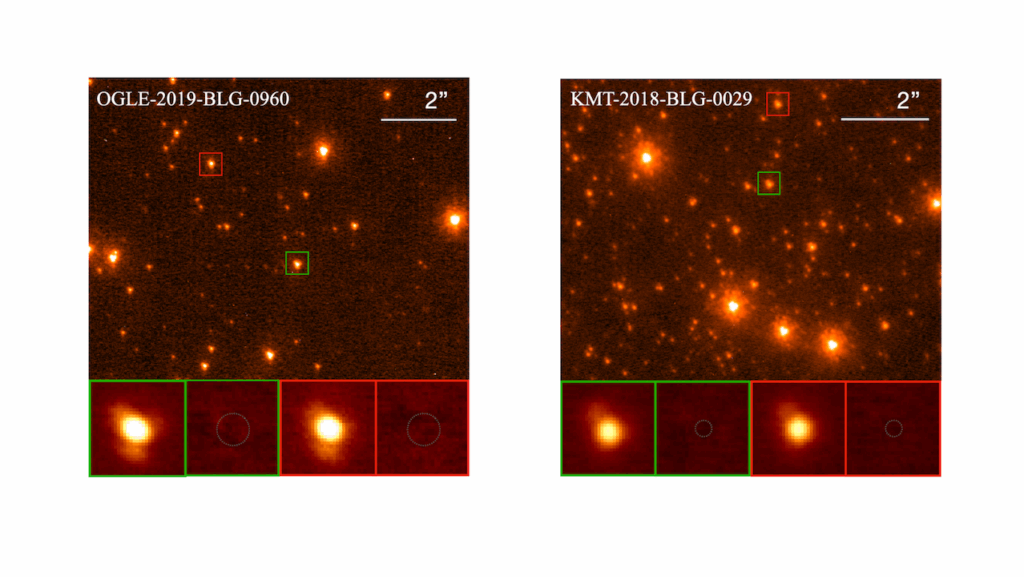A Fading Radius Valley Towards M-dwarfs, A Persistent Density Valley Across Stellar Types

The radius valley separating super-Earths from mini-Neptunes is a fundamental benchmark for theories of planet formation and evolution. Observations show that the location of the radius valley decreases with decreasing stellar mass and with increasing orbital period.
Here, we build from our previous pebble-based formation model, which, combined with photoevaporation after disc dispersal, unveiled the radius valley as a separator between rocky- and water-worlds. We expand our models for a range of stellar masses spanning from 0.1 to 1.5 M⊙. We find that the location of the radius valley is well described by a power-law in stellar mass as Rvalley=1.8197M0.14(+0.02/−0.01)⋆, which is in excellent agreement with observations.
We also find very good agreement with the dependence of the radius valley on orbital period, both for FGK- and M-dwarfs. Additionally, we note that the radius valley gets filled towards low stellar masses, particularly at 0.1-0.4 M⊙, yielding a rather flat slope in Rvalley−Porb. This is the result of orbital migration occurring at lower planet mass for less massive stars, which allows for low-mass water-worlds to reach the inner regions of the system, blurring the separation in mass (and size) between rocky- and water-worlds.
Furthermore, we find that for planetary equilibrium temperatures above 400 K, the water in the volatile layer exists fully in the form of steam, puffing the planet radius up compared to condensed-water worlds. This produces an increase in planet radii of ∼30% at 1 M⊕, and of ∼15% at 5 M⊕, compared to condensed-water-worlds. As with Sun-like stars, pebble accretion leaves its imprint on the overall exoplanet population as a depletion of planets with intermediate compositions, carving a valley in planet density for all spectral types (abridged).

Mass-Radius (M-R) diagram for the different stellar masses. The colour-bar represents the total water mass fraction in the planets. Dots correspond to the nominal output, diamonds to collisions. The brown- and blue-dashed lines correspond to a theoretical composition of Earth-like and 50% water-50% Earth-like, as defined in Ap.B.5, with dark-blue indicating condensed-water and light-blue, steam-worlds. The green-dotted curves correspond to 50% steam-50% Earth-like from Aguichine et al. (2021) (Teq = 400 K for dark-green and Teq = 600 K for light-green). Grey dots are real exoplanets mass and radius measurements better than 75 and 20%, respectively (data taken from the NASA Exoplanet Archive on 08.09.23. The real exoplanets in each panel correspond to the stellar masses of 0-0.25 M⊙ for M⋆ = 0.1 M⊙, 0.25-0.55 M⊙ for M⋆ = 0.4 M⊙, 0.55-0.85 M⊙ for M⋆ = 0.7 M⊙, 0.85-1.15 M⊙ for M⋆ = 1.0 M⊙,1.15 -1.4 M⊙ for M⋆ = 1.3 M⊙, and 1.4-1.7 M⊙ for M⋆ = 1.5 M⊙. — astro-ph.EP
Julia Venturini, María Paula Ronco, Octavio M. Guilera, Jonas Haldemann, Christoph Mordasini, Marcelo M. Miller Bertolami
Comments: Accepted for publication in A&A Letters. Results from simulations available at this https URL
Subjects: Earth and Planetary Astrophysics (astro-ph.EP)
Cite as: arXiv:2404.01967 [astro-ph.EP] (or arXiv:2404.01967v1 [astro-ph.EP] for this version)
Submission history
From: María Paula Ronco
[v1] Tue, 2 Apr 2024 14:08:54 UTC (5,615 KB)
https://arxiv.org/abs/2404.01967
Astrobiology








